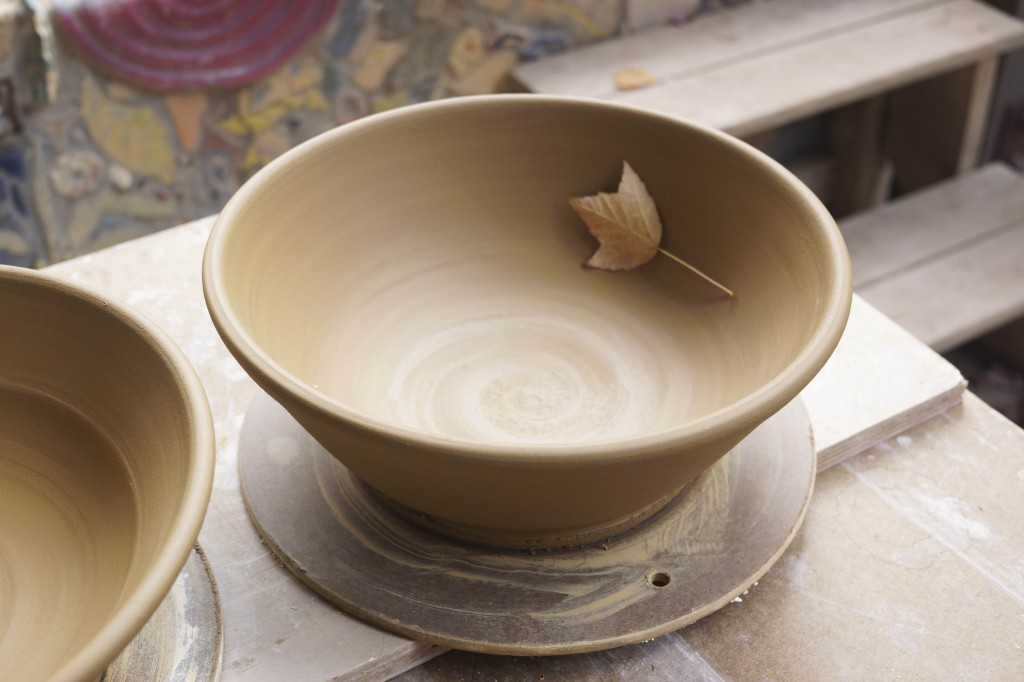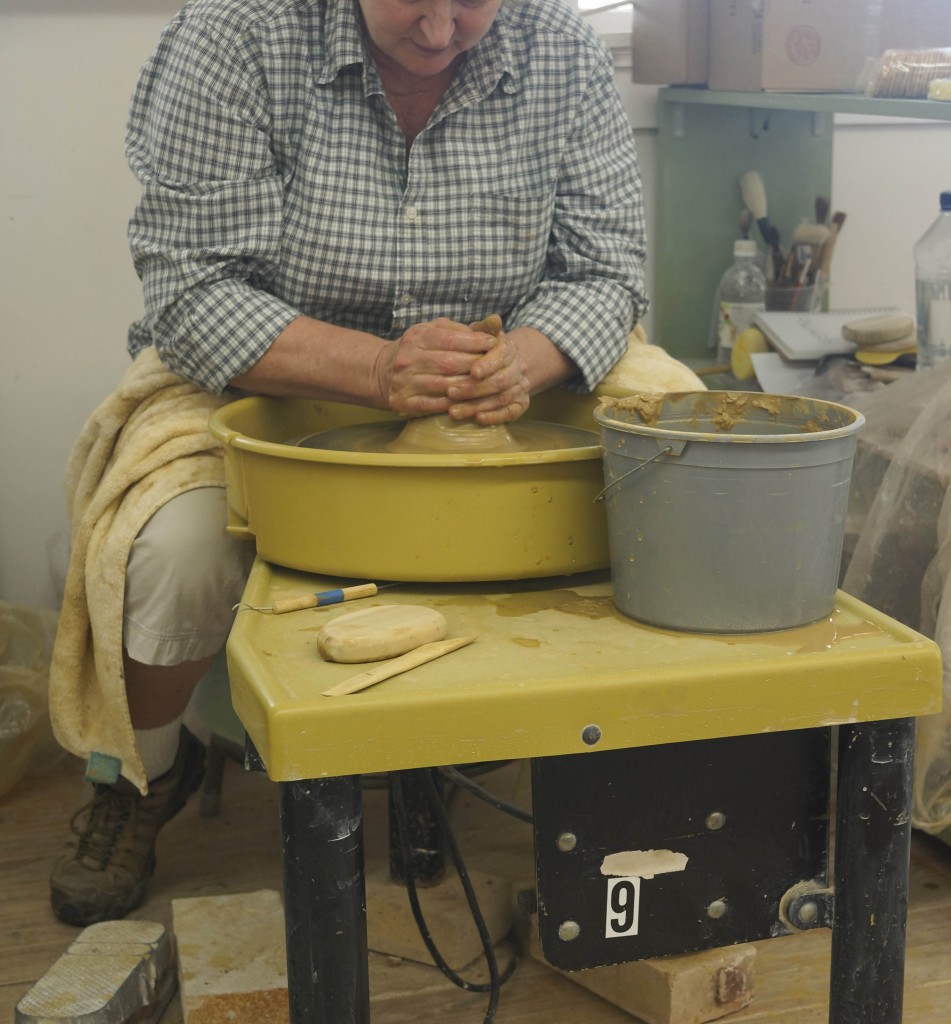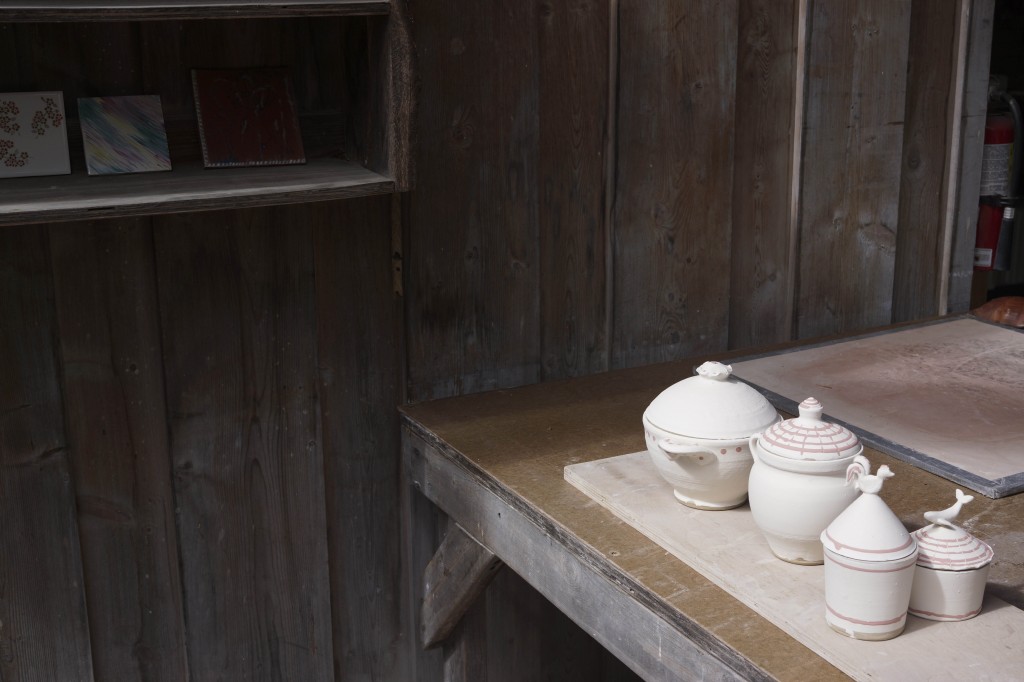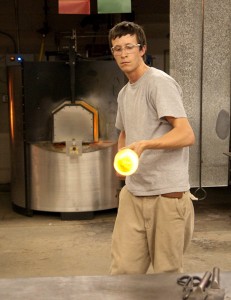Glass artist Amy Rueffert will be at Penland for the first time this spring to teach an eight-week workshop. We corresponded briefly about food, glass, and the movies.
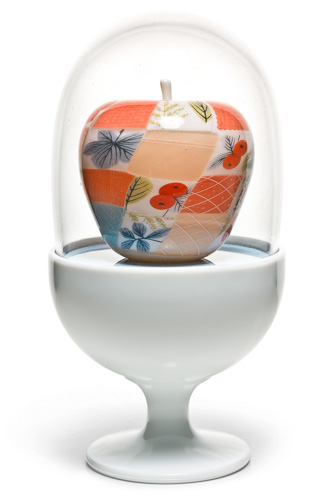
Thinking about the food metaphor for your workshop, do you feel like there’s a connection between culinary presentation and the presentation of Victorian curios that attracts you as an artist?
Yes! I love the food metaphor because it pertains to this class in so many ways. I think the most relevant connection is through the idea of the smorgasbord, and that moment when you realize there are all these beautifully presented options for you to choose from. You can fill your plate with a little bit of this, and a little bit of that, and go back for more of your favorites. That’s what we’ll be doing in this workshop, filling our plates with different techniques to make sculptural glass.
I’m really looking forward to students digging deep within their inspirations and connecting to their sources through research, class dialogue and exploring the material. Teaching is a great source of inspiration for me, so I’m looking forward to spending eight weeks getting to know everyone and making great things along the way.
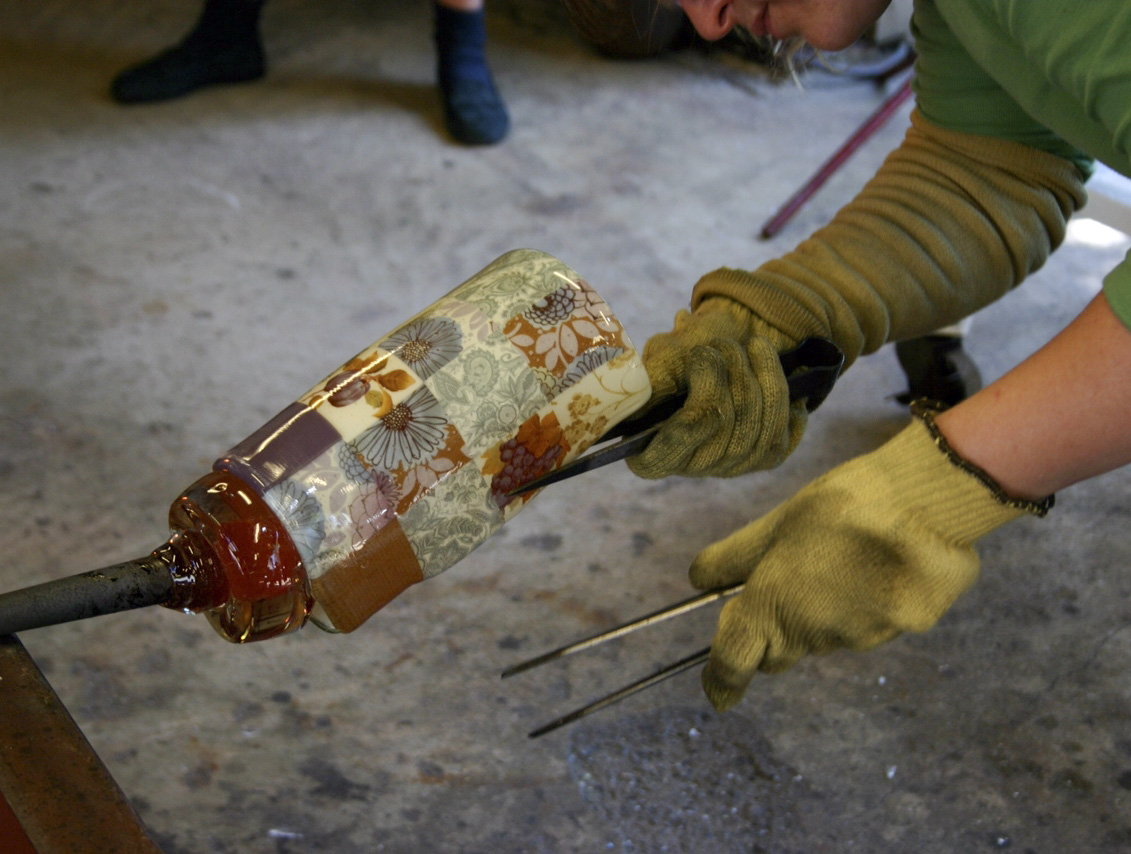
Amy Rueffert – Glass Smorgasbord
March 9-May 2, 2014
Hungry? This workshop will be a smorgasbord of traditional and alternative glass techniques beginning with blowing, cutting, grinding, gluing, smashing, building, and fusing. Through experimentation, exploration, and teamwork mixed with practice, patience, and hard work, we’ll find personal connections to the visual and physical properties of glass as we realize our ideas. The balance of skill and concept will be a theme throughout, with demonstration and discussions of my process and those of visiting artists. In the words of Auntie Mame, “Life is a banquet and most poor suckers are starving to death.” Let’s eat! All levels, but some hot glass experience will be helpful.
To find out more and register for this workshop click here.
Spring scholarship deadline is November 29.
Please note: applications need to be at Penland by this date to be considered for scholarship. Overnight service may not deliver to Penland’s campus on time, please plan accordingly.
Just curious: is Auntie Mame one of your favorite movies?
I’ve loved the movie Auntie Mame since I was a little girl! I can remember flipping through the channels on a Saturday afternoon and seeing bits and pieces of this movie over and over again and being so intrigued by the aesthetics of the film, and of course, Rosalind Russell. It took me a while to figure out the name of the movie, and finally I did, and it’s been a favorite ever since.
I’m still searching for a specific Barbra Streisand movie that had a similar effect. The scene I can remember goes like this: Barbra is in a city apartment, sitting in a bed. She’s dressed in floral printed pajamas that match the bed sheets that match the fabric-upholstered headboard. It is like she’s lost in a field of floral fabric and it’s amazing. Any ideas?
Amy Rueffert has taught at The Studio at Corning, Pilchuck, The Glass Lab at MIT, Haystack, and San Jose State University. Her work is included in collections of the Corning Museum, Tacoma Museum of Glass and Glasmuseet Ebeltoft. She currently lectures in the School of Art and Design at the University of Illinois, Urbana-Champaign.


